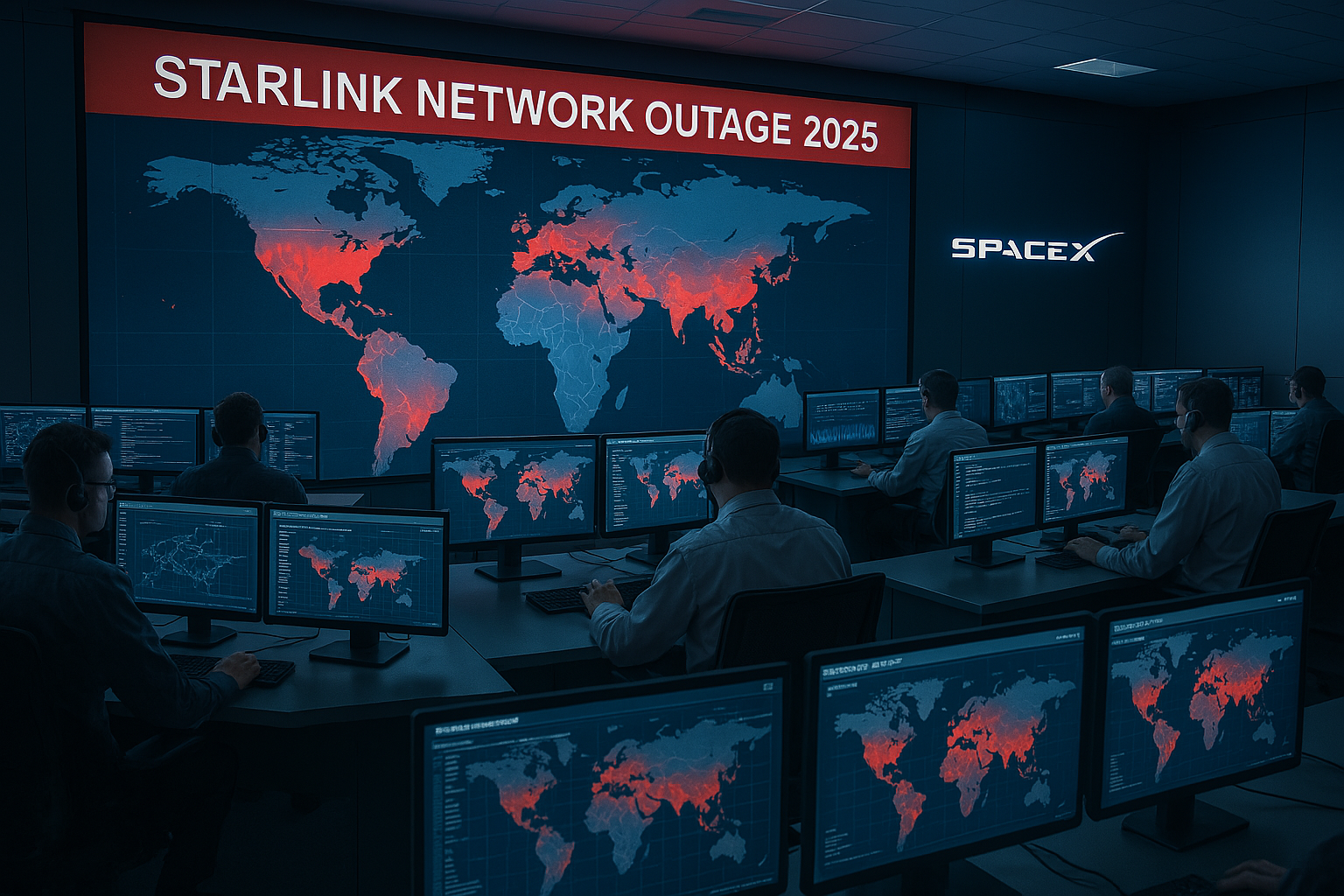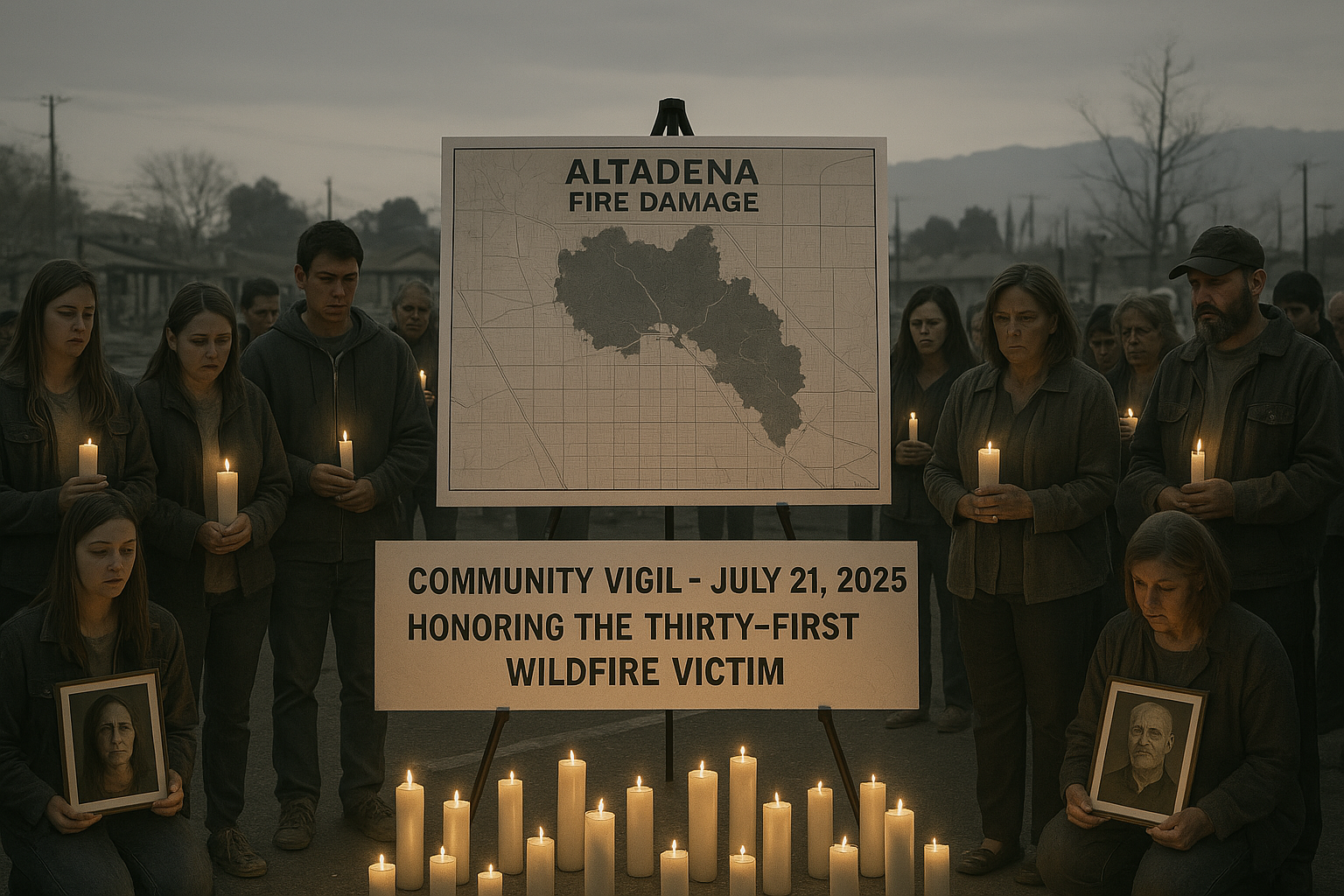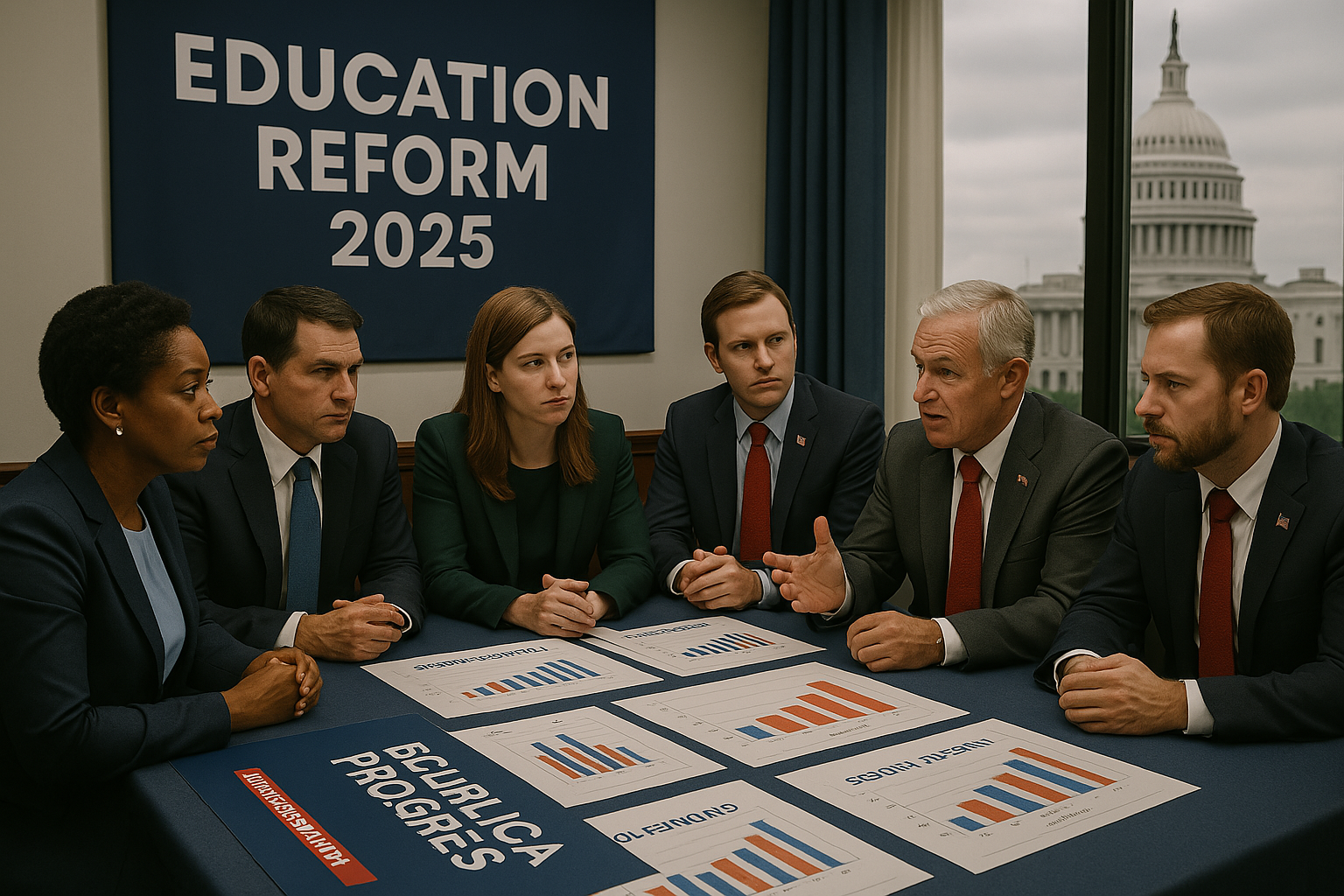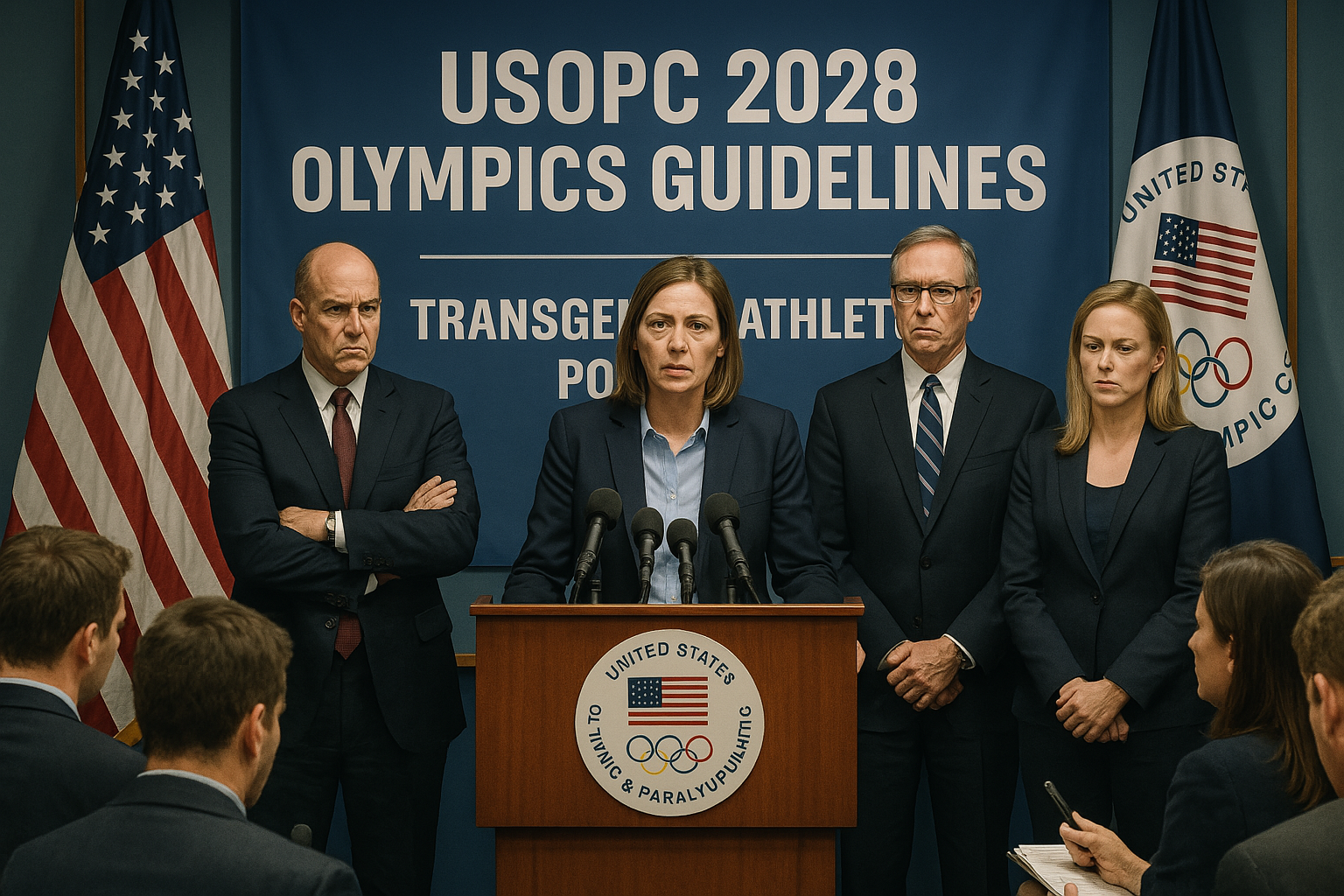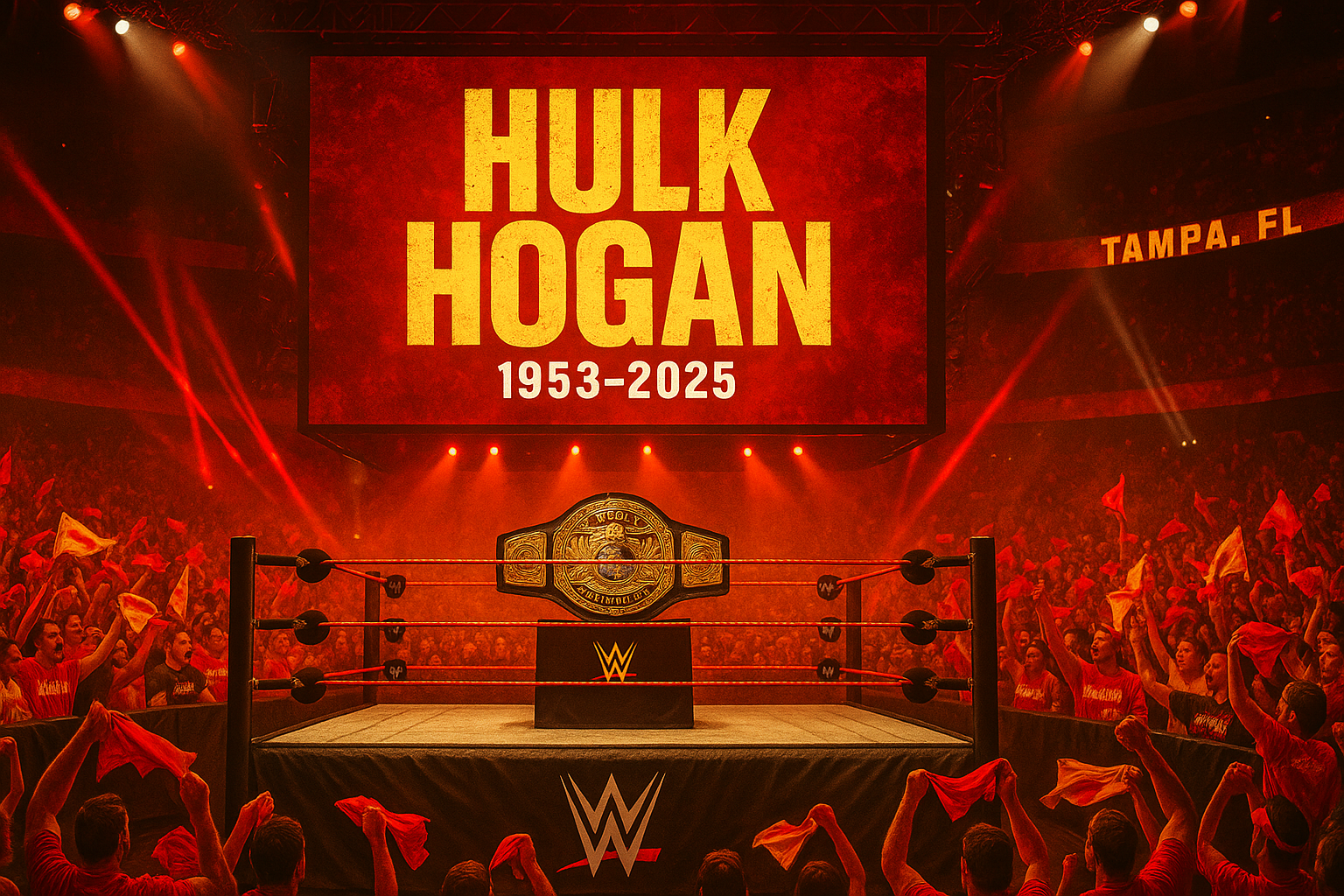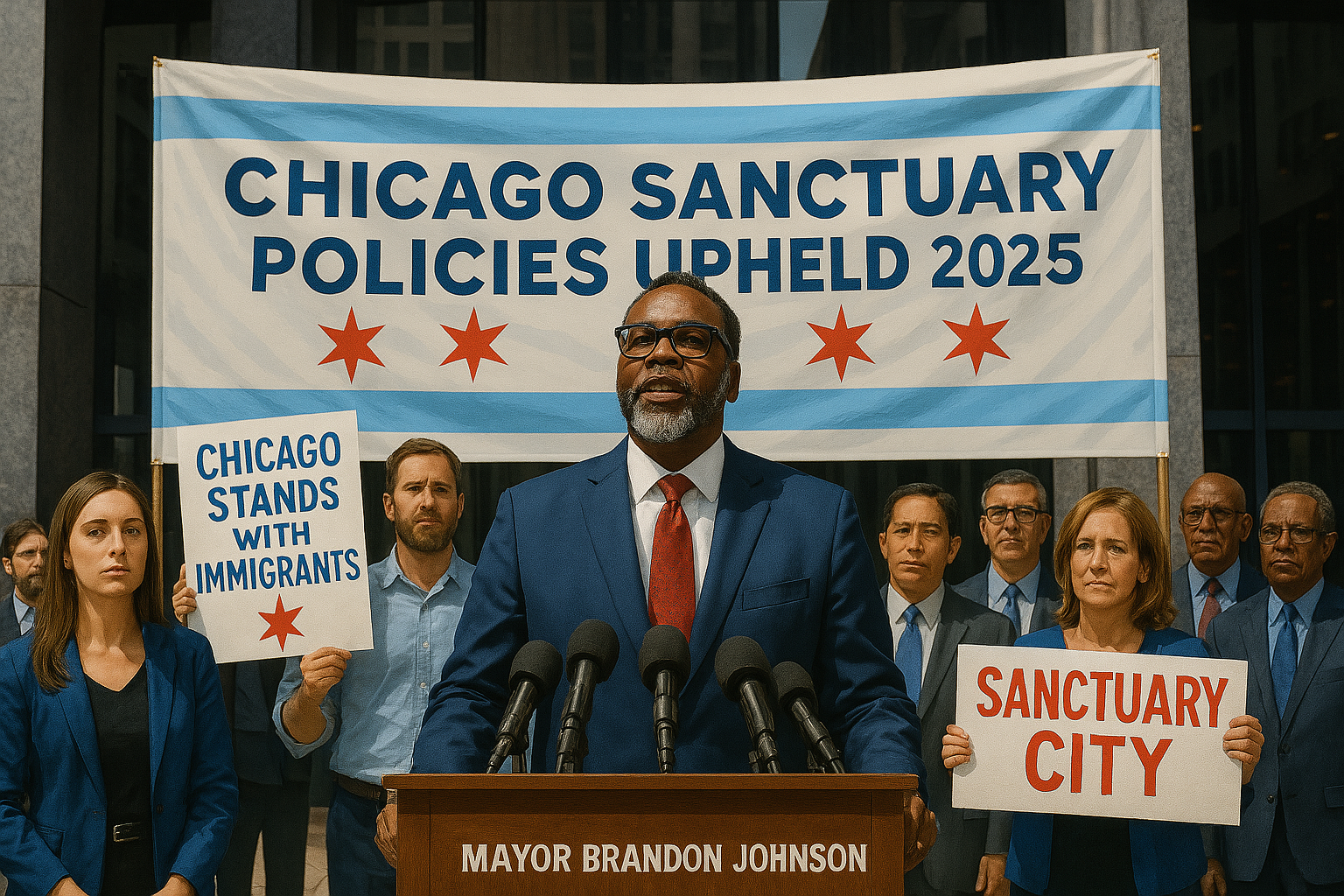Chicago and California Protest Trump’s Immigration Policies
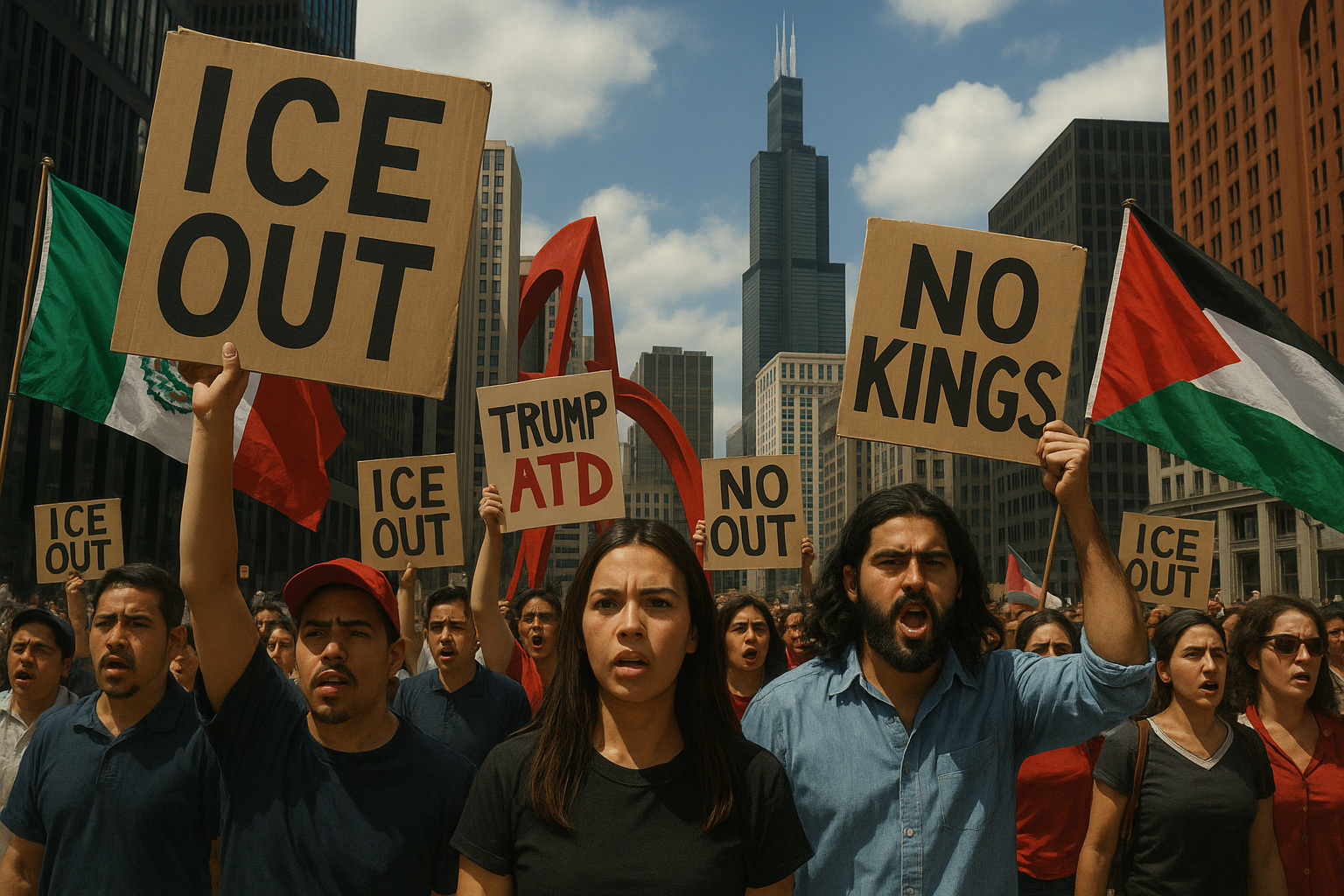
Chicago and California are at the forefront of nationwide protests against President Trump’s immigration crackdown, with thousands marching in both regions to denounce ICE raids and military deployments. Sparked by actions in early June 2025, including a curfew in Los Angeles and National Guard presence, the demonstrations, reported on July 19, reflect deep divisions over immigration policy. As communities rally, the protests highlight broader tensions over federal authority and civil rights.
The Protests
In Chicago, protesters gathered at Federal Plaza on June 10, 2025, waving Mexican flags and chanting “ICE Out of Chicago.” The marches, which stopped traffic in the Loop, included Palestinian supporters, linking immigration to global justice issues. In California, Los Angeles saw a sixth day of protests on June 11, with largely peaceful demonstrations occasionally marred by violence, such as a Tesla vandalised with swastikas in Chicago.
The Trump administration’s deployment of 700 Marines and National Guard troops to Los Angeles, against Governor Gavin Newsom’s objections, fueled outrage. Newsom called it a “brazen abuse of power,” while Chicago protesters condemned similar ICE actions in their city. The “No Kings” rallies on June 17, coinciding with a military parade in Washington, D.C., saw nearly 100,000 in Philadelphia and thousands in Chicago and Los Angeles, demanding an end to militarised enforcement.
Community and Official Response
In Chicago, Mayor Brandon Johnson vowed to protect immigrant communities, offering legal aid through city-funded clinics. California’s legislature is exploring sanctuary state expansions, though Governor Newsom faces pressure to balance economic ties with federal compliance. Community groups, like Chicago’s Latino Union, are providing sanctuary spaces, while Los Angeles churches have opened shelters for deportees.
X posts reflect polarised sentiments, with some users supporting Trump’s policies as necessary for border security, while others, like @JusticeNowCA, call them “fascist overreach.” The National Urban League has urged dialogue, citing a 2025 report on immigration’s economic benefits, noting that immigrants contribute $2 trillion annually to the U.S. GDP.
Policy and Social Context
The protests stem from Trump’s executive orders expanding ICE raids, targeting undocumented immigrants in urban centres. The deployment of military forces, rare on domestic soil, has drawn comparisons to historical crackdowns, raising legal concerns under the Posse Comitatus Act. Critics argue the policy disproportionately affects minority communities, with Chicago’s raids focusing on Hispanic neighborhoods.
Economic impacts are significant. California’s agriculture sector, reliant on immigrant labour, faces disruptions, with farmers reporting a 10% labour shortage. Chicago’s restaurant industry, a nightlife hub, saw a 5% revenue drop due to protest-related closures. The National Immigrant Justice Center is advocating for federal reforms to protect DACA recipients and streamline asylum processes.
Challenges and Opportunities
The protests face challenges, including sporadic violence and public fatigue. In Chicago, a protester was injured during a clash with police, prompting calls for de-escalation training. Opportunities exist for coalition-building, with groups like Black Lives Matter joining immigration advocates, creating a broader justice movement. Digital organising, amplified by X, has boosted turnout, with hashtags like #NoKings trending nationwide.
Future Outlook
The protests show no signs of slowing, with planned rallies in Chicago and Los Angeles for July 25. Federal responses, including potential troop withdrawals, will depend on public pressure and legal challenges. Long-term, immigration reform remains elusive, with Congress divided. Community-led solutions, like job training for immigrants, could ease tensions, but political will is needed.
Conclusion
Chicago and California’s protests reflect a nation grappling with immigration policy and federal overreach. As communities unite against ICE raids and military presence, the fight for equitable policies continues, with implications for civil rights and economic stability. The outcome will shape America’s approach to immigration in a polarised era.
